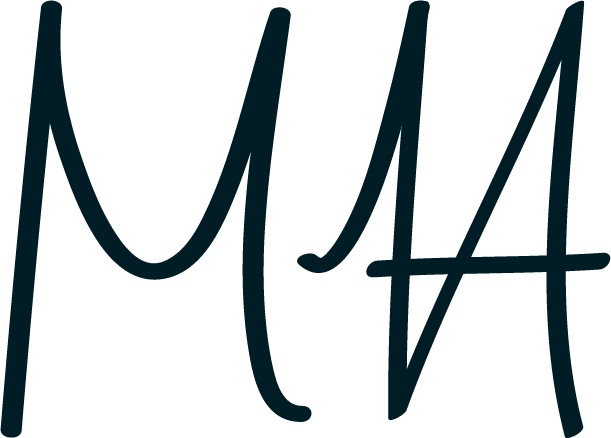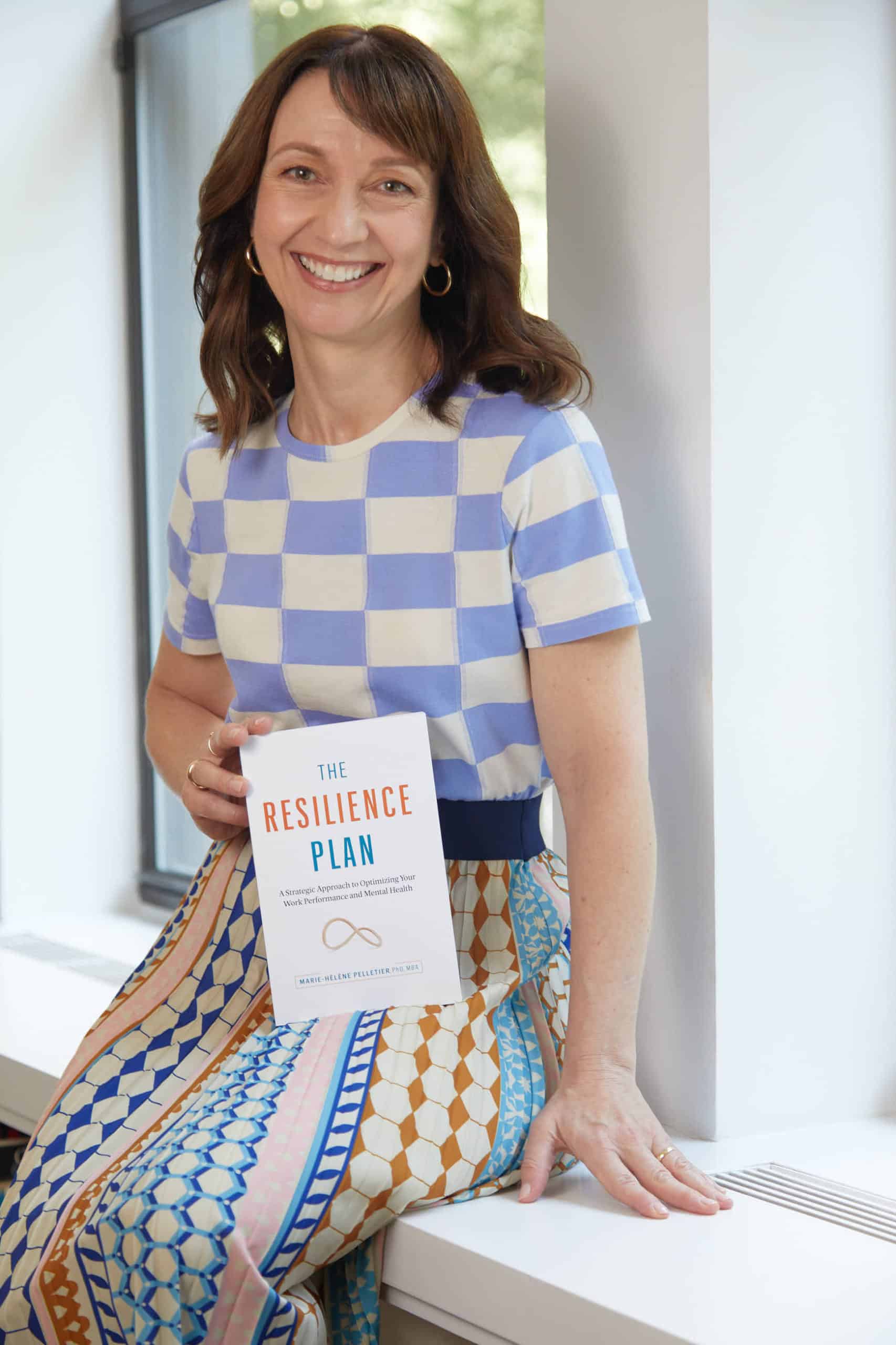
Let’s Talk Transformation: The Business Leader’s Podcast
“There are two things that allow teams to be more resilient – clarity on goals and psychological safety
Marie-Hélène and Suzie Lewis discuss the much debated topic of resilience in today’s organisations, and what this means for how we lead – our teams, ourselves and our organisations. Resilience is something of a buzzword in today’s hustle culture and context is key to understanding it. We discuss the existing binary definitions of ‘rubber band’ resilience, and how we can shift to a more creative, deliberate and developmental form of resilience. However, this doesn’t come without discipline, forethought and strategic planning.
Marie Hélène leads us through her experience and research to help us reframe the concept of resilience, moving away from thinking it’s part of who we are.
How can we develop this mental and emotional agility ? how can we prepare ourselves and other team leaders to shift their mindset from individual resilience to collective resilience and engage their teams to proactively prepare for adversity on the horizon ?
Marie Hélène shares her research, mastery and experience from working with leaders around the globe to develop realistic, effective and strategic resilience plans.
The main insights you’ll get from this episode are :
– Resilience is something of a buzzword in today’s hustle culture and context is key to understanding it. A consistent definition of resilience is the ability to go through adversity, learn from it and come out even stronger.
– It is not a personality trait and therefore we can influence and control it; if we do this, everything gets better – health, happiness, engagement, satisfaction, etc. – and it is an opportunity if presented to people in a way that makes sense.
– The idea is to help us reframe the concept of resilience, moving away from thinking it’s part of who we are; our inaction is often due to having to tick off a ‘checklist’ – we all have to do different things at different times.
– The quadrant of internal and external context (systems): in business, there is a lot of work on context and preparation (e.g. SWAT analysis) prior to a launch, and the same applies to building resilience – it begins the process of making changes, moving to acceptance to take advantage of where we have leverage and claiming personal agency to take action.
– Supply and demand exercise for resilience involves making two lists – demands in life and sources of supply – to provide honest visibility on your situation: Is it aligned with your values? Does it indicate where change is possible/desirable? Does it reveal blind spots?
– As we progress in our careers and lives, natural context becomes less supportive and eventually no amount of supply can match the level of demands – this is embodied by the glorification of hustle culture, to which teams also succumb.
– There are two things that allow teams to be more resilient – clarity on goal and psychological safety. Our mindset must shift from individual resilience to collective resilience and team leaders must engage their teams to proactively prepare for adversity on the horizon.
– Team resilience is only partially the responsibility of the team leader – we are all able to influence the team and therefore positively influence the resilience of the team to improve performance.
– Team language is important too, though, to ask how we learn from (our response to) a mistake and how we grow from it. Small actions make a big difference and every little helps!
– Despite the WHO having defined burnout so that we know where we stand, mental health is still taboo in the workplace – it is uncomfortable, and different organisations are at different places. It is important to pay attention to signs upstream – before things get too bad – and mention/share them.
– A resilience plan is like any other strategic plan and involves prework of ascertaining values, context and situation, and identifying strategic pillars such as overall directions to reach the goal, along with tactics/actions.
– This can involve bringing the professional and personal together to be impactful and shifting our perspective and preconceived ideas: inspirational, tangible, visible results move people forward and allow them to evolve; we must remain curious and be open to opportunities that are realistically there to take.
Listen to the full episode here



